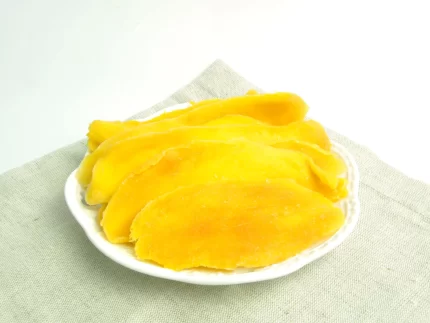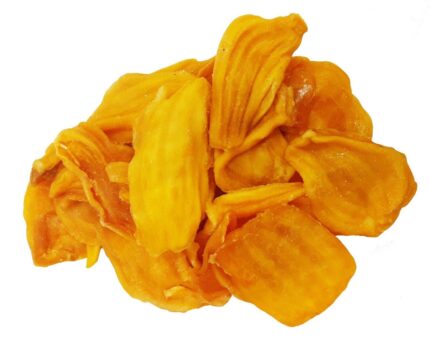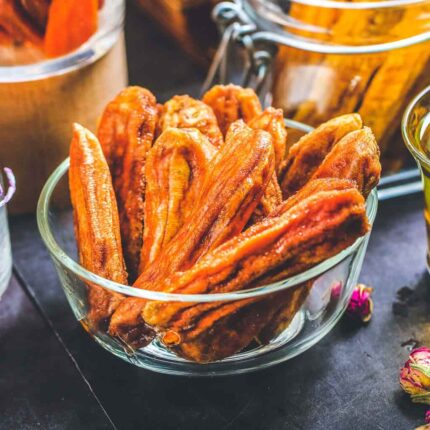The pineapple tree trunk is only about 1 to 1.2 meters tall and shaped like a bamboo shoot. The tree trunk is divided into two parts: the aboveground part and the underground part.
Pandan leaves are thick, narrow, have a blade-shaped upper surface, and serrated edges or spines. Leaves grow in clusters of 20 or more on each plant, depending on the different type of pineapple. Pandan leaves often have a white powder coating.
Pineapple flowers grow in clusters of many small flowers on a common flower stem. This number of flowers is the number of pineapple eyes when the tree bears fruit.
Pineapple or pineapple is a double fruit, round or cylindrical in shape. When ripe, the fruit changes from purple green to dark green and then turns yellow.
Pineapple seeds are very small, located in the pineapple’s eyes.
Harvesting – preliminary processing:
Buds and buds: pick the buds at the top of the fruit and young pineapple buds to make vegetables, cut off the old leaves and leave the young core inside.
Pineapple (pineapple) is harvested whole.
Conserve:
After harvesting and processing, pineapple peels and fruits are often used fresh, stored in a dry place or when ripe, placed in the refrigerator.
The fruit is actually made of many individual fruits fused together around a central core. Each pineapple scale is an individual fruit.
The nutritional benefits of pineapples are as appealing as their body structure. “Pineapple contains high amounts of vitamin C and manganese,” says San Diego-based nutritionist Laura Flores. These tropical dishes are also a good way to get important fiber and bromelain (an enzyme).



















Đánh giá
Chưa có đánh giá nào.